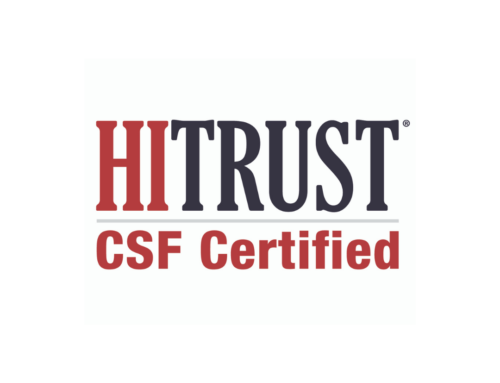It is National Cybersecurity Awareness Month! In this article, we explore what is phishing, how you can recognize it, and your potential risk when phishing attempts are successful.
A phishing attack is a form of social engineering by which cyber-criminals attempt to trick individuals by creating and sending fake emails that appear to be from an authentic source, such as a business or colleague. The email might ask you to confirm personal account information such as a password or prompt you to open a malicious attachment that infects your computer with a virus or malware.
How do you spot a phishing email?
- Look for minor misspellings and bad grammar
- Hover your mouse over any hyperlinks, if the link looks suspicious, DO NOT CLICK ON IT
- Look at the senders email address, the address change could be as simple as adding a word in the domain name so for example, [email protected] spoofed domain that may not be all that easy to recognize
- Look for suspicious attachments
- Email seems to be too good to be true
- Email is designed to make you panic
Why are Criminals Phishing for PHI Data?
As we have mentioned in recent posts, personal health information (PHI) is some of the most highly sought data. Why? This information allows criminals to steal a person’s identity to conduct personal fraud or obtain prescription drugs.
Related: Healthcare Data is at Risk by Hackers
PillarRx Security Measures
Data security for our clients is a top priority. To combat phishing, PillarRx applies several different techniques to help minimize the risk and impact phishing attempts could potentially have, including software and employee education. We take great pride in knowing that our greatest defense against phishing attempts is our employees.




Leave A Comment